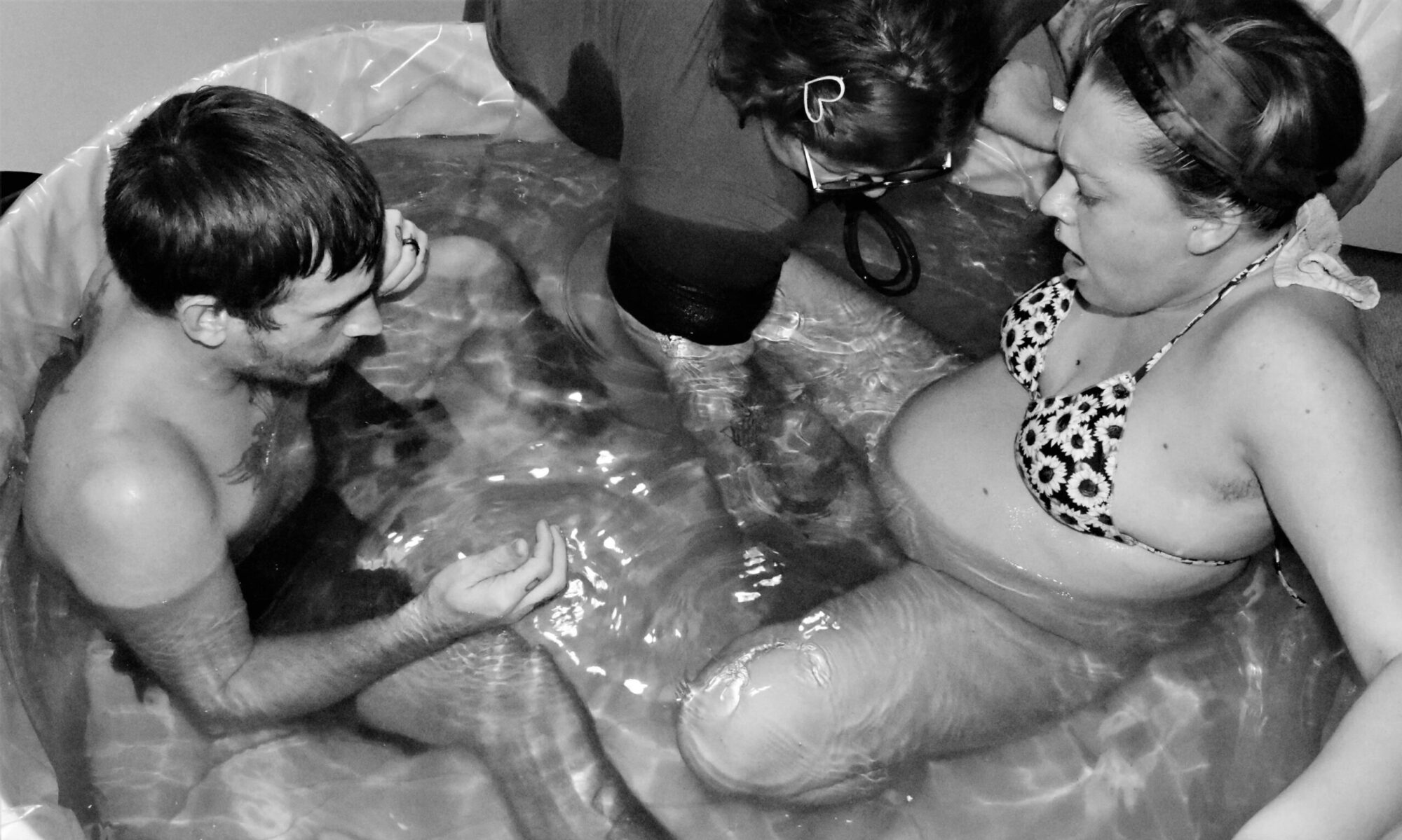Homeopathic Remedies for Back Labour and Posterior Presentation
by Piper Martin, DS Hom. Med.
© 2001 Midwifery Today, Inc. All rights reserved.
Editor’s note: This article first appeared in Midwifery Today Issue 58, Summer 2001.]
Homeopathic remedies are a safe and effective means of treating a woman experiencing back labour. Homeopathic medicine along with comfort measures such as counterpressure, hydrotherapy and positioning are very positive means of assisting the baby to move into the most desirable position for birth and result in more effective contractions with a shorter and a less painful labour for the mother. Homeopathic remedies are easy to administer and act quickly and dynamically to alleviate back pain. They should be given in the following manner:
Use a 200C potency of the appropriate remedy.
Tip the remedy pellets into the lid of the container and place directly into the woman’s mouth; avoid touching with your hands.
Use a 1:10 time frame to assess the effectiveness of your remedy. If the woman has been experiencing back labour for three hours you should begin to see a change in the location of the pain within 18-20 minutes. If the remedy does not seem to be reacting in your time frame you may want to continue observing and talking to your client until another remedy picture is clear to you.
Administering an incorrect remedy will do no harm; the result will be that there is no effect.
There are several remedies that can be quite effective in alleviating the pain of back labour. They may cause the baby to shift positions or even turn from a posterior presentation.* Following are several remedies that present with pain in the back and the differential diagnosis for each:
Case: “Charlotte” was in labour for four hours. She was experiencing most of the contractions in her lower back. The midwife told me that the baby had been posterior for the entire pregnancy. I gave Charlotte a single dose of Kali Carbonicum 200C. The midwife checked Charlotte’s dilation at this point and she was six centimeters. After two contractions the baby had turned and Charlotte began experiencing contractions in her abdomen. One hour later she delivered her daughter.
Kali-Carbonicum (potash)
Pains experienced in the lumbar region
Very severe pains in the back, as if her back would break
Desires constant pressure on her back
Pain may pass from the back through the gluteal muscles with cutting pain in the abdomen
Extremely chilly to the point of trembling
Touchy, both mentally and physically—is worse from being touched
Worse 2 to 4 a.m.
Posterior presentations
Gelsemium (yellow jasmine)
This is a remedy used for a woman who is about to begin pushing but the baby appears to ascend rather than descend with each contraction.
Pains from the uterus up the back or extending to the back and hips
Nervous chills up the back
Baby appears to ascend rather than descend with each contraction
May lose her dilation during a pelvic exam
Weakness
Dullness—heavy eyelids, flushed and puffy face
Drowsy and listless—sleepy when she should be pushing
Performance anxiety—this woman may be feeling pressured to perform
Cimicifuga (black cohosh)
Cimicifuga is an excellent remedy when there is lack of progress at any stage of labour. The labour pains of Cimicifuga are present but they are not effective. Cimicifuga will help dilate the cervix.
Misplaced labour pains felt in the back, hips and thighs instead of the uterus
Pains may shoot up and down the thighs or across the pelvis from hip to hip
Cramping in the large muscles
Fear that something bad will happen
Talks incessantly to relieve her fear
Sensitive to noise
Worse from cold
May become hysterical with the pain
Coffea Cruda (unroasted coffee)
Faints due to pain and hyper-excitement of the nervous system
Oversensitivity to pain, despair from pain
All senses more acute
Sleeplessness after delivery (great for midwives and doulas after too much coffee and excitement from attending a birth)
Only pain experienced is in the small of her back
May cry out or scream with extreme fear
Nux Vomica (poison nut)
Irregular pains when the labour does not progress
Ineffectual labour pains extend to the back and rectum
Desire to move the bowels and to urinate—she will comment on this feeling often
Major remedy for fainting during labour
Inflammation or fever after labour with a desire to have a bowel movement
Irritable and impatient
Oversensitive to all external impressions
Very chilly
Postpartum Care
A woman who has experienced severe back labour or an epidural may have residual pain after delivery. I would strongly recommend that Hypericum 200C and Arnica 200C be given for three days following labour for women who are experiencing back or neck pain or headaches. They should take the remedies twice a day in alternating doses, to alleviate the discomfort and assist with the healing process. I would also recommend chiropractic adjustments to help the mother recover fully.
Piper Martin, B.Ed., DS Hom. Med., is a classical homeopath who specializes in pregnancy and newborn care and is a consultant for doulas, midwives and naturopaths. She practices in Newmarket, Ontario, Canada at The Equinox Center for Natural Health. She is the mother of Gabriel, a four-year old boy. You can contact her at hyos@attcanada.ca.
